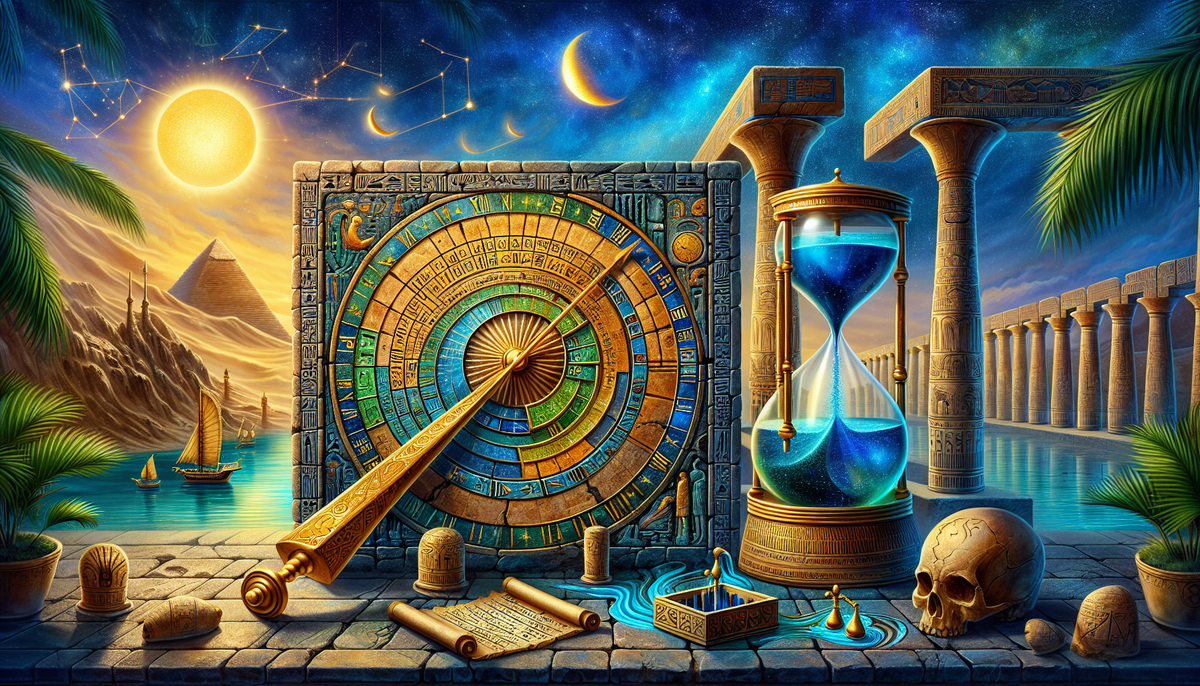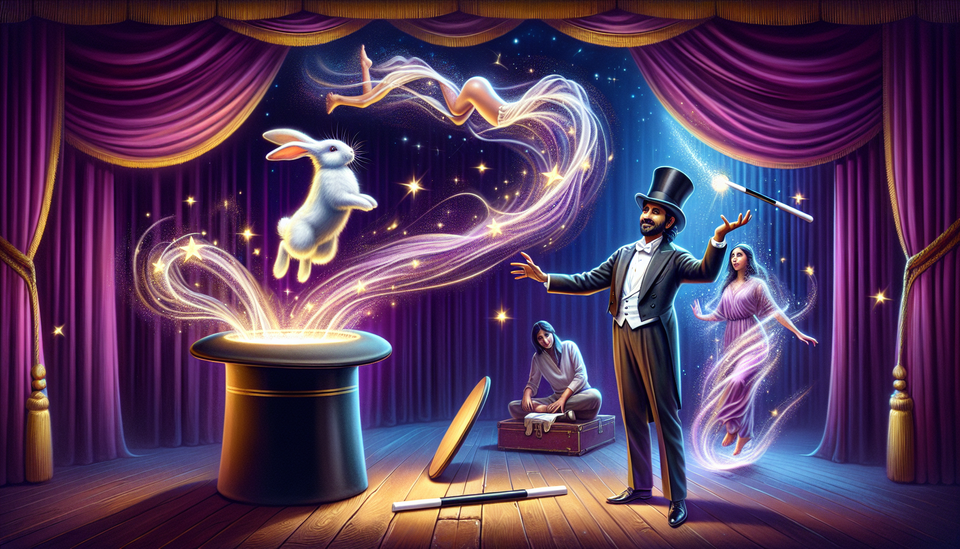The Enigmatic History of Ancient Time-Keeping Devices!
Before clocks, people relied on some seriously creative methods to tell time—like watching shadows move, water dripping, and even tracking stars! But what if your daily schedule was still ruled by these ancient tools? Dive into the wild world of pre-clock time

How Did People Tell Time Before Clocks? Spoiler: It Involved Shadows, Water, and a Lot of Creativity
Okay, imagine this: You wake up in ancient Egypt, and you’ve got a meeting at the temple. No phone, no watch, no alarm clock. How do you know what time it is? Spoiler alert: it involves shadows, water, and some serious creativity.
Yep, before clocks were a thing, people still had to figure out when to plant crops, meet for trade, or pray at the right time. But how did they do it? Let’s dive into the wild world of ancient time-keeping devices and see how people managed to stay on schedule thousands of years ago.
Sundials: The OG Time-Tellers
So, let’s start with the most famous ancient time-keeping device: the sundial. You’ve probably seen one in a garden or maybe in a history book, but do you know how they actually work? It’s pretty simple, but also kinda genius.
A sundial is basically a stick (called a gnomon) stuck in the ground or on a flat surface. As the sun moves across the sky, the shadow of the stick moves too. By marking where the shadow falls at different times of the day, people could tell what time it was.
But here’s the catch: sundials only work when the sun is out. So, if it’s cloudy or nighttime? Yeah, you’re out of luck. Still, ancient Egyptians loved these things and put them everywhere—on buildings, tall columns, and even made portable versions (like the first-ever pocket sundials). Imagine carrying around a mini sundial in your bag instead of a phone. Not exactly convenient, right?
Water Clocks: Time That Drips Away
Now, what if you needed to tell time at night or on a cloudy day? Enter the water clock, also known as a clepsydra (fancy name, right?). These were super popular in ancient Egypt and Rome, and they worked by—get this—dripping water.
Here’s how it worked: Water would slowly drip from one container into another, and people would measure time based on how much water had collected. It’s like an ancient version of an hourglass, but with water instead of sand.
But, of course, water clocks had their own issues. Ever tried to keep ice cubes from melting in the summer? Same problem here—water could evaporate faster in the heat, which made the clocks less accurate. And don’t even get me started on what happened when the water froze in winter. Still, for thousands of years, water clocks were one of the most reliable ways to keep track of time.
Hourglasses: The Pirate’s Favorite Timekeeper
Speaking of hourglasses, did you know they weren’t the first time-keeping device, but they quickly became a favorite? You’ve probably seen them in pirate movies or old-timey cartoons, but they were actually super important for sailors.
Why? Well, when you’re out at sea, you can’t exactly use a sundial (no land = no shadows), and water clocks don’t work so well on a rocking boat. Hourglasses were sturdy, simple, and didn’t rely on the sun or water. Plus, they were easy to reset—just flip them over!
Fun fact: Hourglasses became so popular that they were used in churches, kitchens, and even for timing speeches. Imagine giving a presentation today and flipping an hourglass to keep track of your time. Talk about pressure!
Star Power: The Nighttime Timekeepers
Now, here’s where things get really cool. The ancient Egyptians didn’t just rely on sundials and water clocks—they also used the stars to tell time. Yep, they had something called “decan stars,” which were specific stars that rose at different times of the night. By watching these stars, they could figure out what time it was, even in the dark.
In fact, the Egyptians were so into this that they had night clocks based on the stars. Imagine looking up at the sky and knowing exactly what hour it is just by spotting a certain star. It’s like having a cosmic wristwatch!
Why Does This Matter Today?
Okay, so why should you care about ancient time-keeping devices? Well, think about how obsessed we are with time today—alarms, schedules, meetings, catching the bus. All of this started thousands of years ago with simple tools like sundials and water clocks. Every clock you see today is basically a descendant of these ancient inventions.
And here’s a fun fact: The reason we divide the day into 24 hours? That’s thanks to the ancient Egyptians. And the idea of minutes and seconds? That didn’t come until much later. So next time you’re stressing about being late, just remember—you’re following a system that’s been around for thousands of years.
What If We Still Used Ancient Clocks?
Now, imagine if we still used these ancient time-keeping methods today. You’d be walking around with a pocket sundial, checking the stars at night, or watching water drip to figure out when your next class starts. Sounds kinda stressful, right? But hey, it worked for them!
Next time you check the time, just remember: you’re tapping into a system that’s been around for centuries. But here’s the juicy part—what if your life was run by shadows or dripping water instead of your phone? What would change?
And if you think ancient clocks are wild, wait till you hear about how monks in medieval Europe invented super funky clocks to keep track of prayers. That’s a whole other story for another time…
So, what do you think? Could you survive in a world where time was told by shadows and stars? Or are you too attached to your phone’s clock? Either way, it’s pretty amazing to think about how far we’ve come from sticks in the ground to digital watches. Time really does fly, huh?



